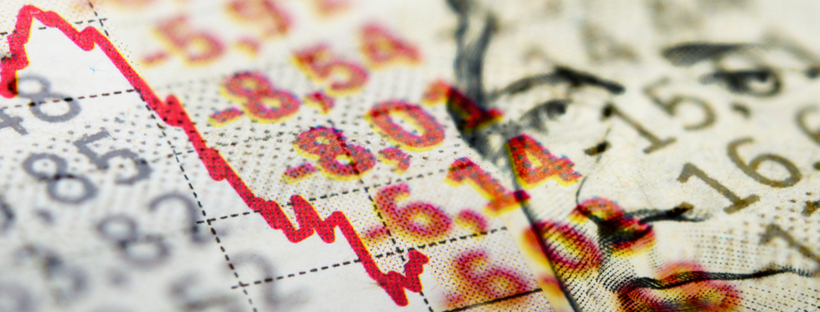
Comparisons to the 1981-82 Recession
The 1981-82 recession was one of the worst economic contractions since the Great Depression. For many investors who lived through that period, today’s conditions hold some unsettling similarities.
To view the full article please register below:
Comparisons to the 1981-82 Recession
The 1981-82 recession was one of the worst economic contractions since the Great Depression. For many investors who lived through that period, today’s conditions hold some unsettling similarities. It’s easy to understand why. Mounting inflation in the early 80s prompted a tight monetary policy response from then Federal Reserve (the Fed) Chair Paul Volker. Entering 2022, Fed Chair Jerome Powell has abandoned his characterization of mounting inflation as “transitory” and has signaled an aggressive monetary response that includes ending bond purchases, rate hikes and potentially quantitative tightening (i.e., shrinking the Fed’s balance sheet).
An Overview of the 1981-82 Recession1
The inflation that led to a tighter monetary policy ahead of the 1981-82 recession was a result of a popular economic theory, the Phillips Curve, which postulated that unemployment could be lowered through higher inflation.
In practice, the Phillips Curve proved misguided as the 1970s were marked by both high rates of inflation and unemployment.
By the middle of 1979, inflation had reached 11%, while the unemployment rate reached 7.5% in the wake of the 1980 recession. So when the 1981-82 recession came, the economy was already in a weakened state, plagued by high inflation and elevated unemployment. It was Volker’s belief that the only way to subdue inflation and restore the Fed’s inflation-fighting credibility was an unwavering tighter monetary policy.
After the federal funds rate reached 20% and unemployment jumped to 11% under Volker, his policies finally worked as inflation retreated to 5% and unemployment fell from its peak of 11% to 8% a year later. This success allowed the Fed to lower its federal funds rate to 9% by October 1982.
Parallels to Today
The question worrying many investors is whether today’s inflation and monetary tightening response will set off a 1981-82-style recession in 2022 or 2023.
Recessions are hard to predict, but today’s circumstances are different in many respects. For example, today we have a low rate of unemployment and employers are desperate to find workers. Inflation is high, but it not runaway like it was in the late 70s and early 80s. Moreover, the economy is entering this monetary tightening period in a stronger position than in 1981, so it may be able to handle higher rates more readily.
Nevertheless, concerns about a recession are real. The economy is still hampered by supply chain bottlenecks, higher commodity prices, accelerating wage growth, increasing inflation expectations and wavering consumer confidence.
Also troubling is that there is less fiscal and monetary space to respond to a contracting economy. The federal debt levels created by pandemic-response spending and historically low rates may mean the Fed and policymakers have less tools to use to mitigate the economic downdraft.
Source:
Please reference disclosures: https://blog-dev.americanportfolios.com/disclosures/












